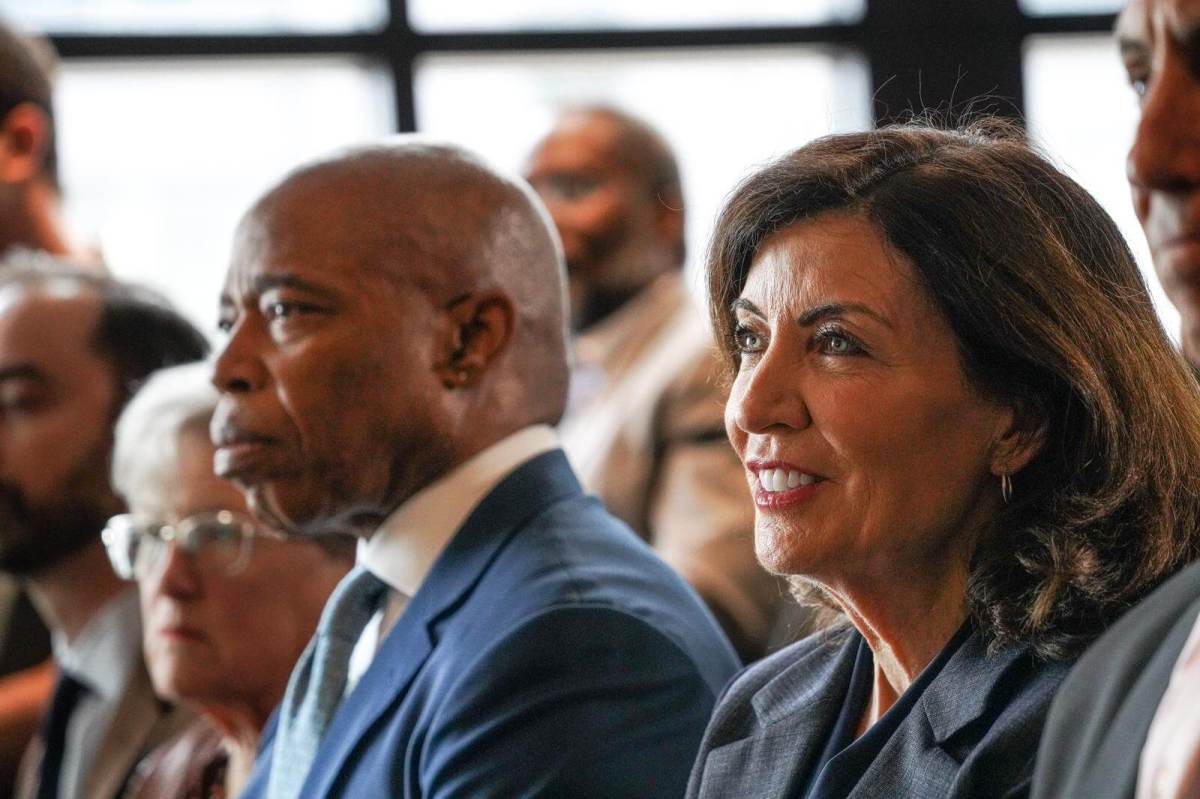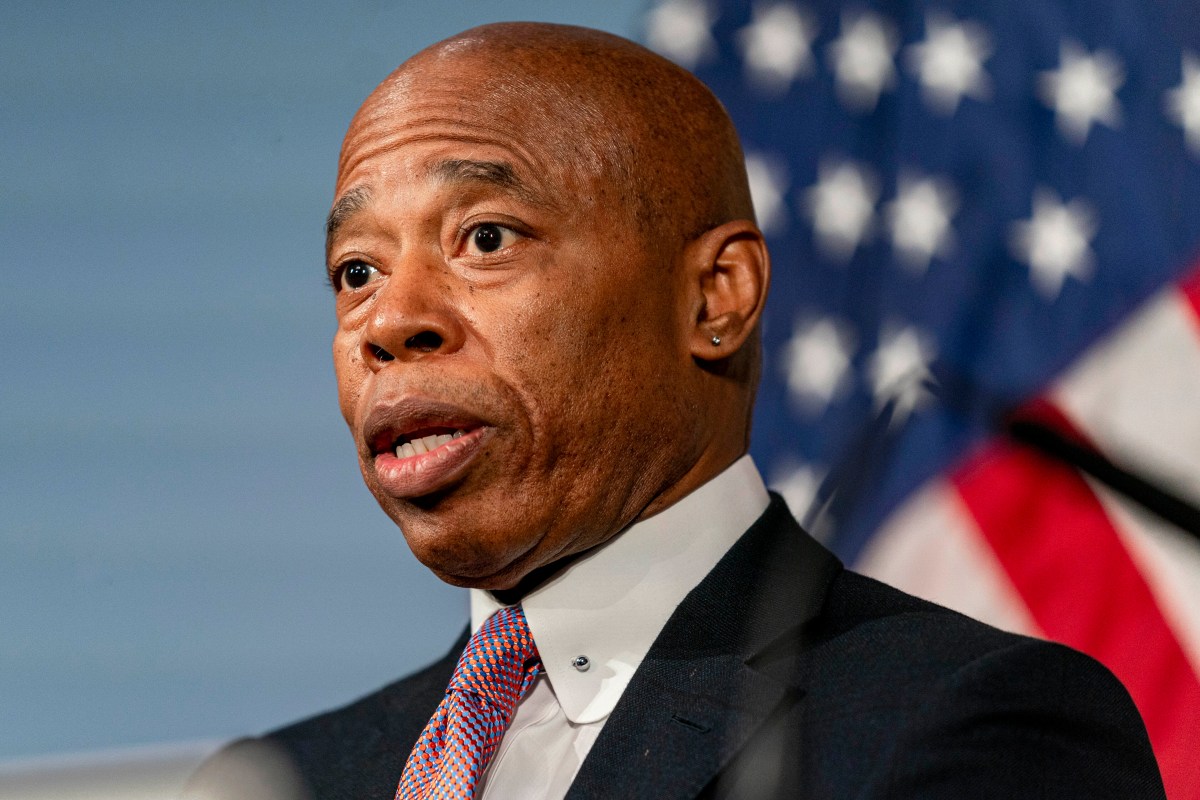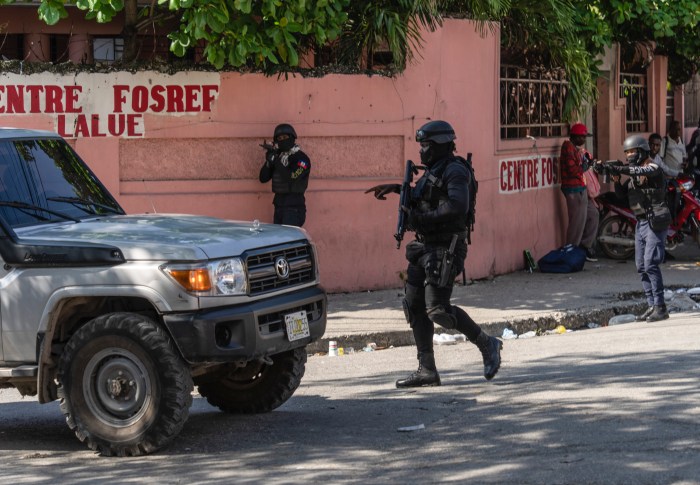Last week, in the Downtown Eastside, a woman allegedly had a gun pointed at her by an enraged driver after she encouraged him to slow down by throwing a single potato chip at his truck.
The man has since been arrested and charged with assault, impaired driving and pointing a firearm.
But the spud spat points to a larger rage problem. Every summer, it seems, the hotter weather causes some to completely lose it on our congested streets — leading to screaming matches and golf club attacks.
And it’s not just drivers who are responsible for this nasty behaviour. On city transit recently, incidents involving passengers have been uglier, and more dangerous.
Last Sunday, on a bus in Maple Ridge, a pack of teens confronted a man and beat him to a near pulp. Their motive for attacking him? He had asked them to stop ringing the bell obnoxiously between every bus stop.
At around the same time, another man was assaulted on a bus crossing the Lions Gate Bridge into North Vancouver. He suffered a broken nose and jaw.
So what’s happening out there? Testosterone- and booze-fuelled stupidity is part of the story.
But other commuter rage exchanges, from middle finger salutes to dangerous tailgating, have a more mundane explanation.
According to Dr. Leon James, an expert in road rage from the University of Hawaii, some of the blame lies with the state of congested roadways in big cities.
According to his 2002 paper, “traffic filled with impatient and aggressive drivers creates many hair-raising close calls and hostile incidents … Physiological stress is thus produced, along with many negative emotions — fear, resentment, rage, helplessness, bad mood, and depression.”
No wonder more people want to get around by bike or foot these days.
•••
Vancouver Mayor Gregor Robertson deserves full credit for seeing the Burrard Street Bridge bike trial through to its controversial launch last Monday.
The initiative may have its logistical flaws, but it represents a much-needed shake-up of the status quo.
The key now is to build upon the venture’s early success and to get more commuters on bikes to make the best case for cycling lanes.
If the city can better address the needs of Burrard Bridge walkers and bus riders as well, there’s no reason why at least one bikes-only lane can’t be a more permanent fixture.
















